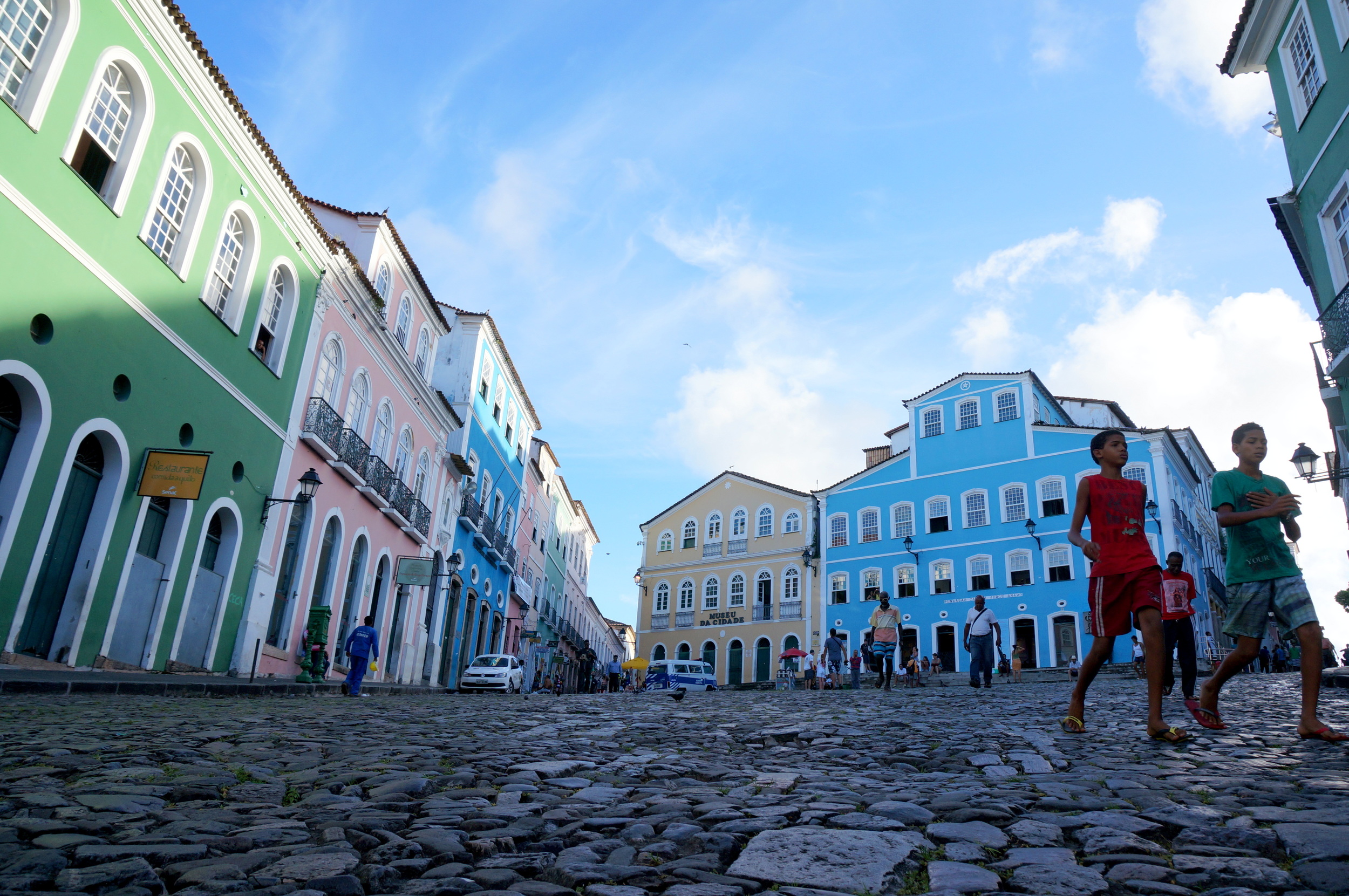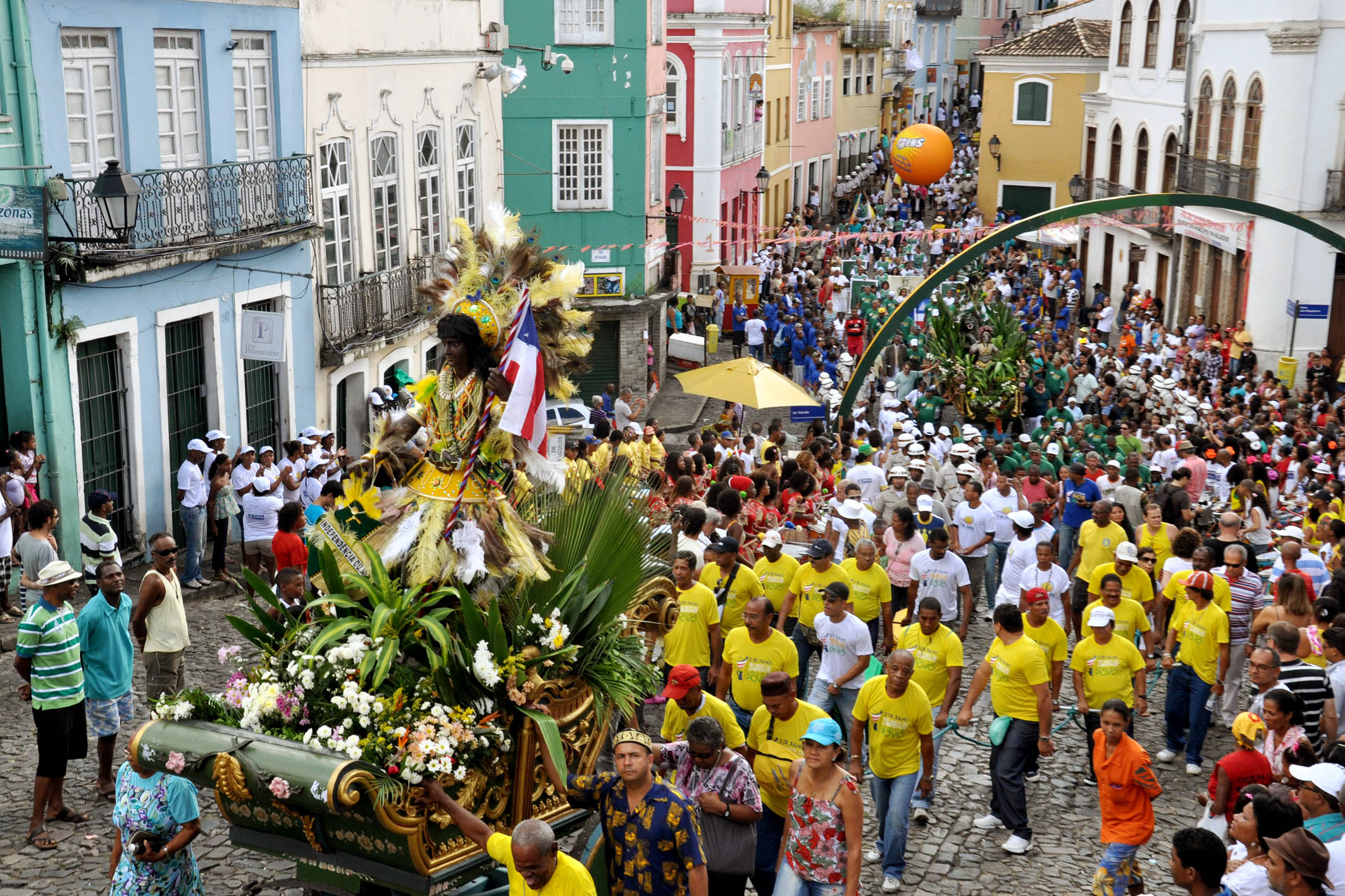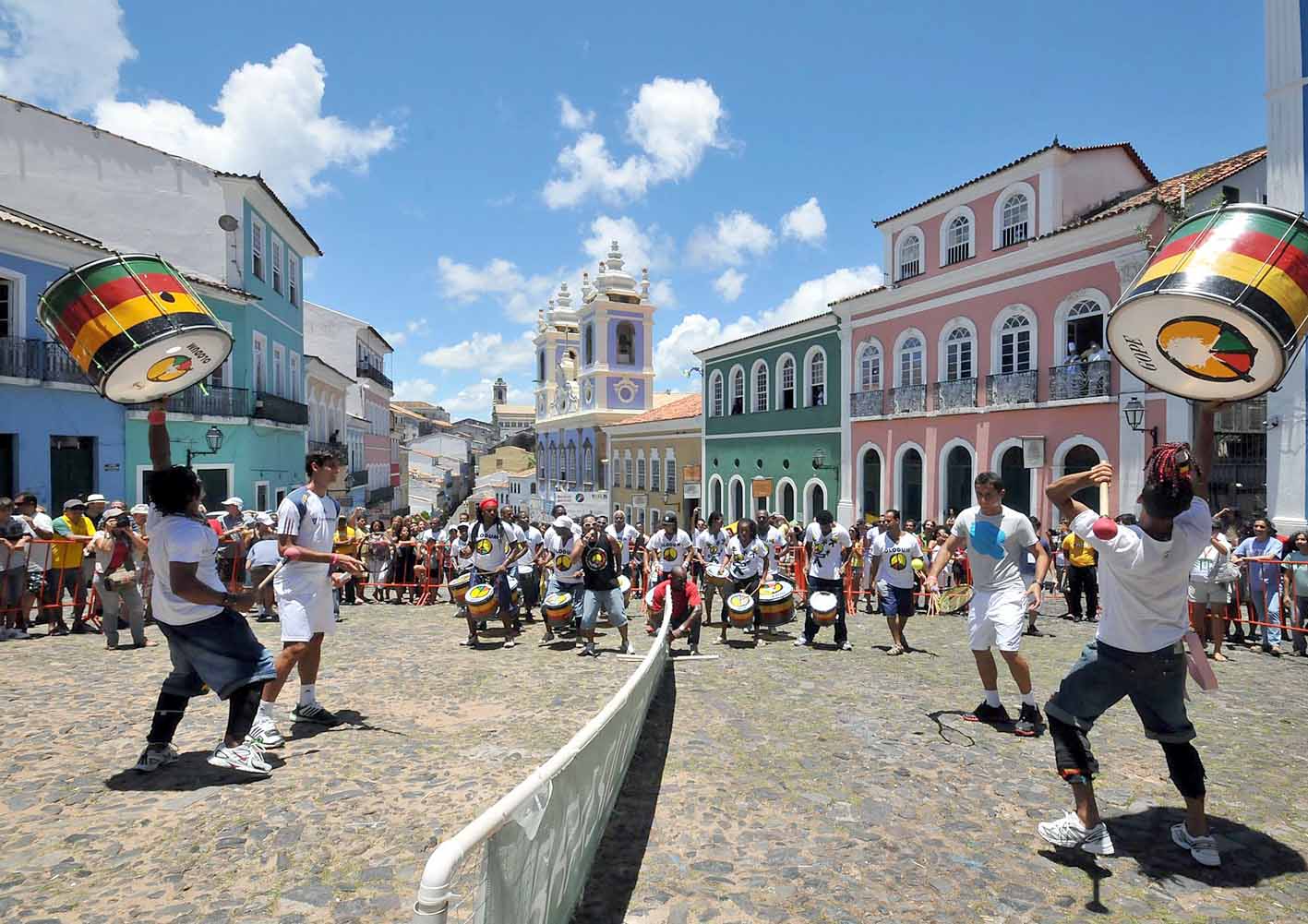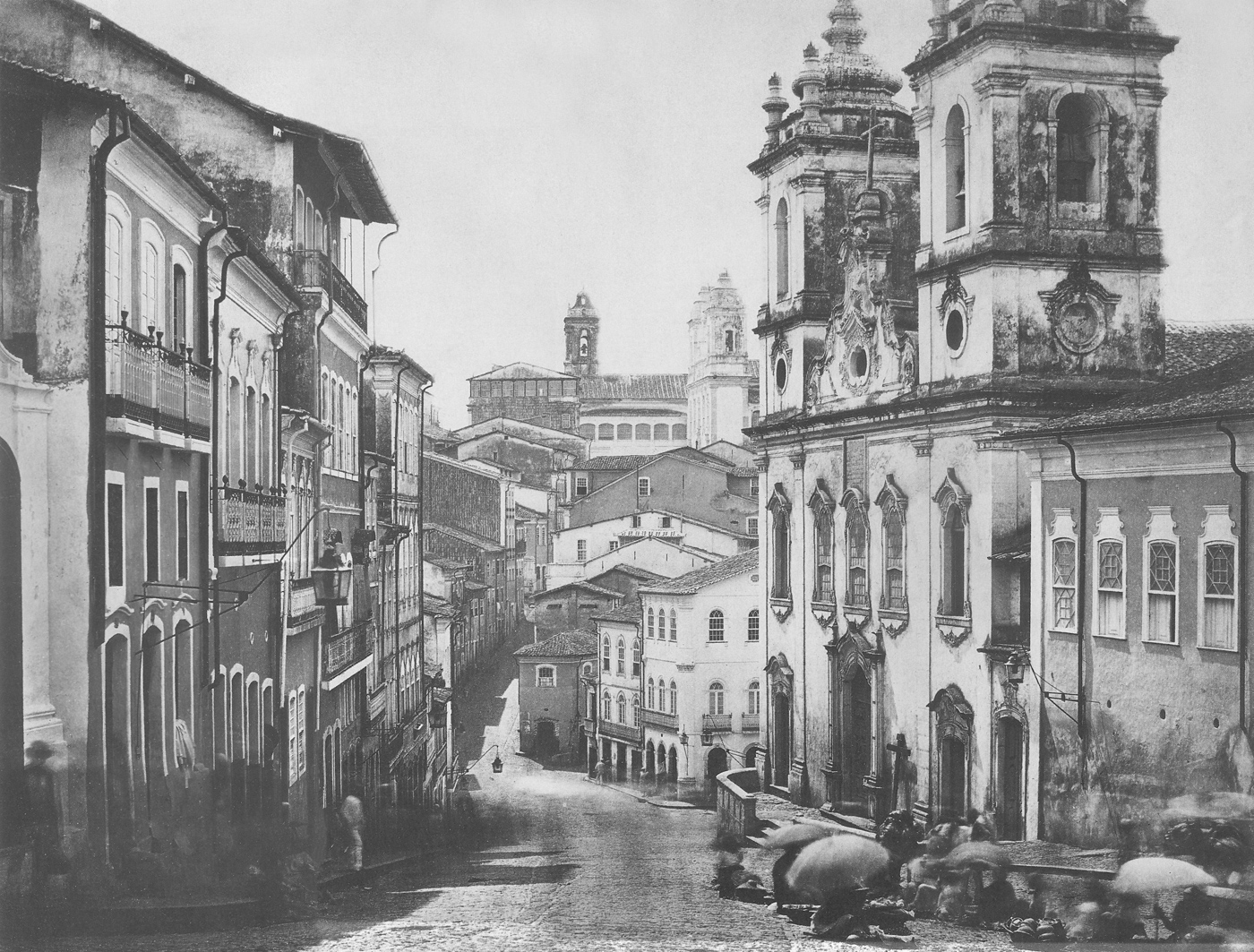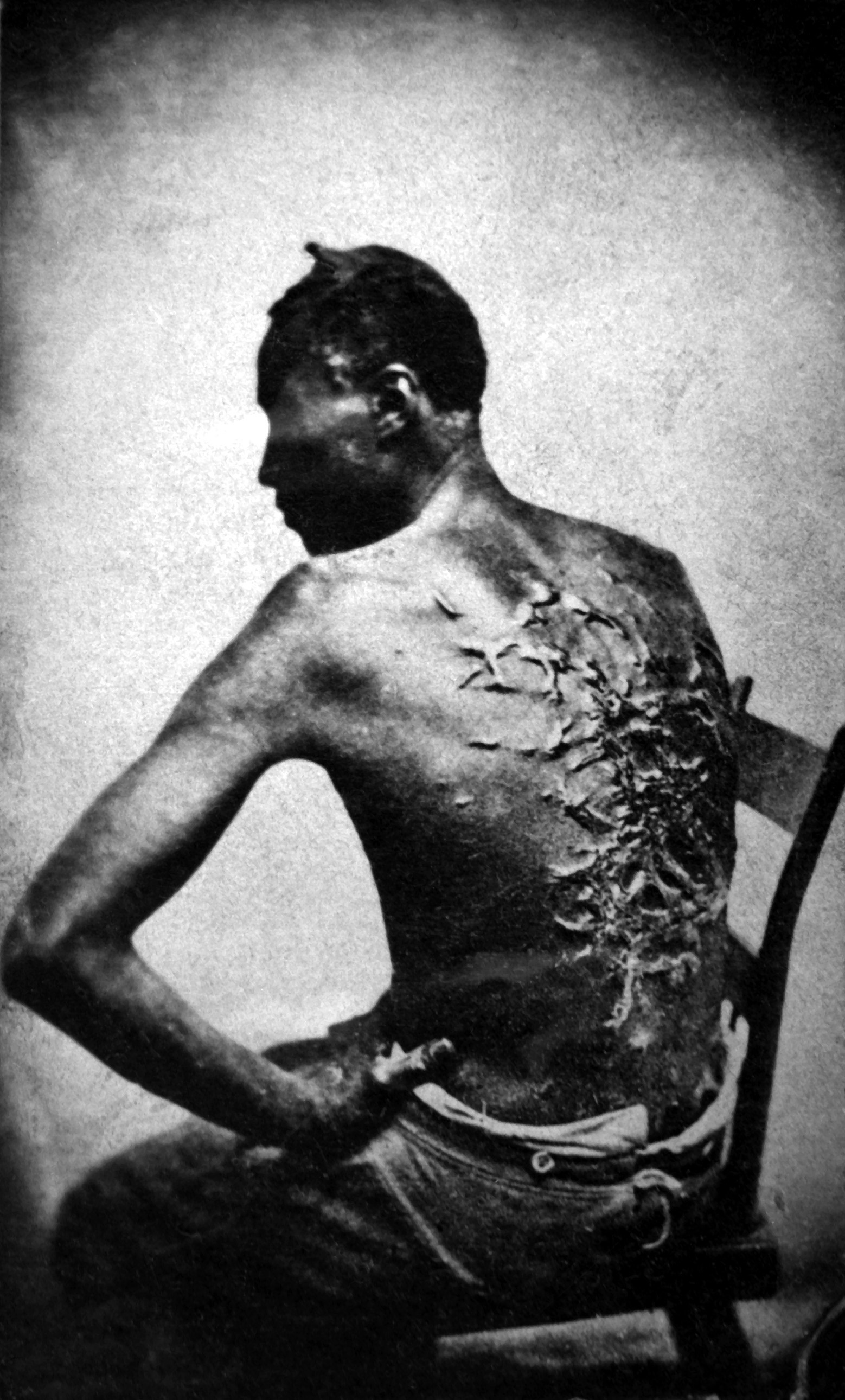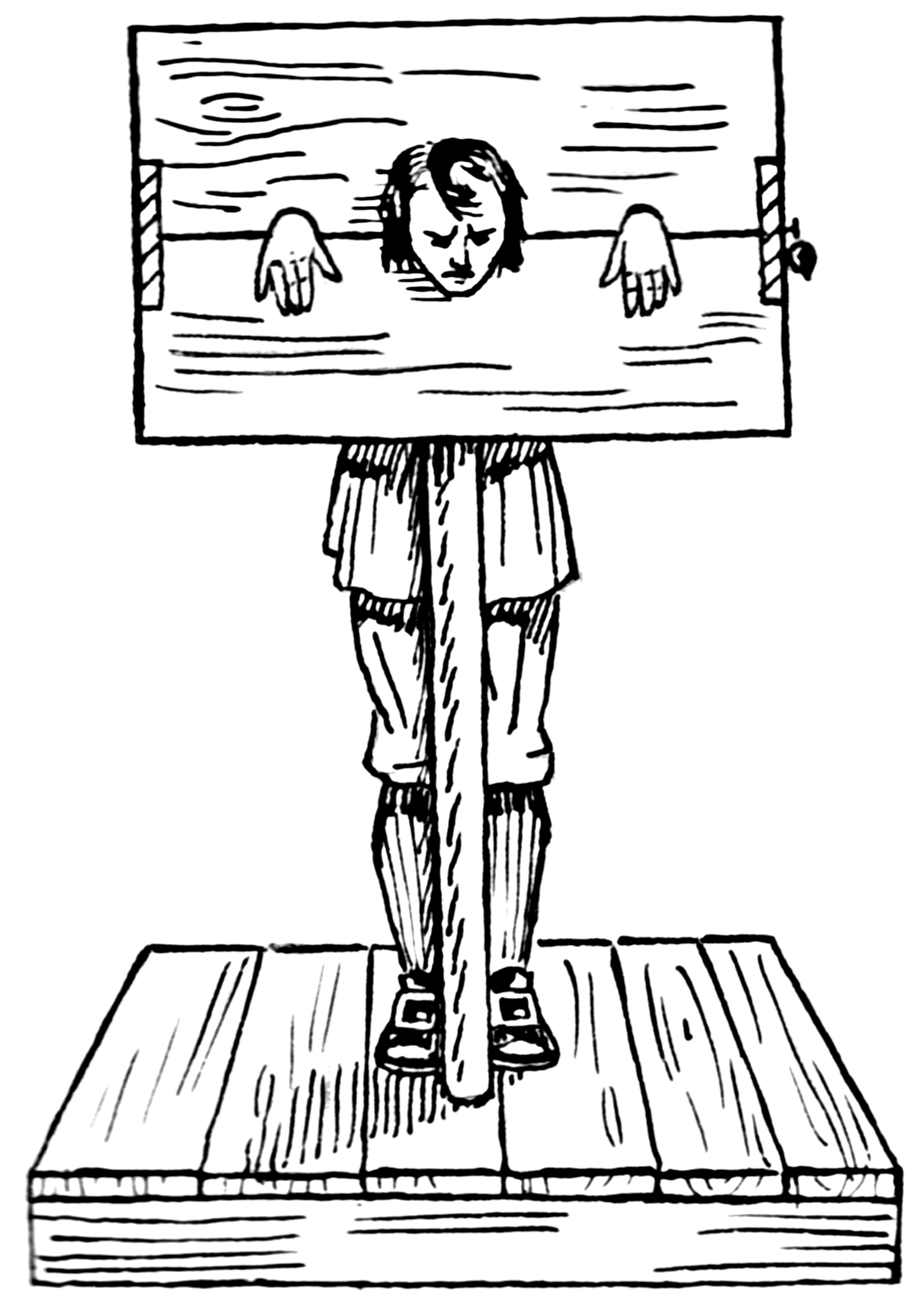This feature is designed to spark your interest in researching the world of capoeira's vocabulary, history, and philosophy.
Our Capoeira Wiki-Word series invites you to research the word of the week and post your definition(s) and translations. At the end of each week, the entries will be reviewed and then summarized into a translation and a definition of the Capoeira Wiki-Word of the week.
Submit your entries in the comments section below!
This week's Capoeira Wiki-Word is:
Pelourinho
ps
Don't forget to cite your sources!
Update
Literally translated from Portoguês to english, pelourinho means the pillory or whipping post similar to the stocks.
From Wikipedia...
The Historic Centre (known in Portuguese as The Pelourinho) is a historic neighborhood located in the western zone of Salvador, Bahia. It was the city's center during the Portuguese Colonial Period, and was named for the whipping post (Pelourinho means Pillory) in its central plaza where African slaves received punishment for various infractions, as well as for disciplinary purposes.
The Historic Centre of Salvador da Bahia, frequently called the Pelourinho, is extremely rich in historical monuments dating from the 17th through the 19th centuries. Salvador was the first colonial capital of Brazil and the city is one of the oldest in the New World (founded in 1549 by Portuguese settlers). It was also the first slave market on the continent, with slaves arriving to work on the sugar plantations.[1]
Nicknamed "Pelô" by residents, this area is in the older part of the upper city, or Cidade Alta, of Salvador. It ecompasses several blocks around the triangular Largo, and it is the location for music, dining and nightlife. In the 1990s, a major restoration effort resulted in making the area a highly desirable tourist attraction.
Pelourinho has a place on the national historic register and was named a world cultural center by UNESCO in 1985. Easily walkable, Pelo has something to see along every street, including churches, cafes, restaurants, shops and the pastel-hued buildings. Police patrol the area to ensure safety.[2]


